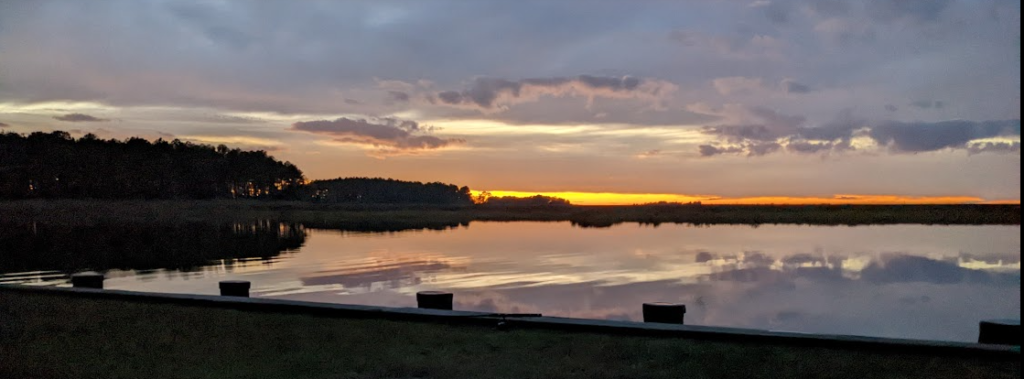Waterfront Property: do you have a right to prevent others from building or planting in the view of the water?
Imagine a waterfront house with a large privacy fence that blocks all view of the water — its a strange image. If there is no view, the property loses most of its “waterfront” essence and most of its value, so somehow, somewhere, the law must protect a waterfront owner’s view. But I regularly hear other attorneys and government officials recite the old saw: “there is no right to a view.” They are wrong in some ways, but they do have good reason to say that. Maryland law (and the law in most coastal states) is silent about the water view. Concerning riparian rights, Maryland’s court says:
The term “riparian rights” indicates a bundle of rights that turn on the physical relationship of a body of water to the land abutting it…. This bundle includes at least the following rights: (i) of access to the water; (ii) to build a wharf or pier into the water; (iii) to use the water without transforming it; (iv) to consume the water; (v) to accretions (alluvium); and (vi) to own the subsoil of nonnavigable streams and other “private” waters. To be sure, access to the water is a primary asset of riparian rights. Gunby v. Olde Severna Park Improvement Ass’n, Inc., 174 Md. App. 189, 239-40, 921 A.2d 292, 322 aff’d, 402 Md. 317, 936 A.2d 365 (2007).
The view wasn’t an issue in the Gunby case, but this is an accurate summary. Florida law, for example is much different: “Upland owners hold several special or exclusive common law littoral rights: (1) the right to have access to the water; (2) the right to reasonably use the water; (3) the right to accretion and reliction; and (4) the right to the unobstructed view of the water.” Walton Cnty. v. Stop Beach Renourishment, Inc., 998 So. 2d 1102, 1111 (Fla. 2008).
Are Maryland property owners without protection then? The answer is that the view is protected, but getting to that can be a bit convoluted. First and foremost, “access to water is a primary asset of riparian rights.” Most things that obscure the view, such as a fence or wall or, to a lesser degree plantings, also obstruct access and therefore can and should be challenged. (Need more on potential issues and solutions for waterfront purchases? Look here.)
A pier typically obscures the view and water access to a lesser degree than a fence — but it seems clear that someone else should not be able to build one in front of a lot owned by someone else. This brings up the riparian owners’ right “to build a wharf or pier into the water.” When it comes to someone else other than the owner putting in a pier, this is what I consider a negative right. If the riparian owner as the affirmative right to build a pier, it follows that they also have the negative right to prevent a non-owner from building a pier. This right is also captured in the Maryland Code (and most County and City zoning provisions) insofar as it is only the owner that has the right to build a pier in front of waterfront property. The owner “may make improvements into the water in front of the land to preserve that person’s access to the navigable water …. After an improvement has been constructed, the improvement is the property of the owner of the land to which the improvement is attached.” Md. Code Ann., Envir. § 16-201.
And so, there are ways to protect a riparian owner’s view of the water, even if that right is not specifically laid out in Maryland’s cases or statutes. If you are not an owner, however, the options to protect a view are drastically more limited — that will need to be a topic for another article.
If you are in a situation where you are concerned about a neighbor infringing on your view — send me an email at dschwenk@baylawllc.com or give me a call at the number to the right.
J. Dirk Schwenk is a Maryland Real Estate, Waterfront Property, Civil Litigation and Maritime Lawyer from Annapolis, Maryland. He provides civil litigation services in contract disputes, environmental and zoning issues, adverse possession and boundary disputes. He graduated cum laude (with honors) from the University of Maryland School of Law and has been in private practice in Maryland ever since.


